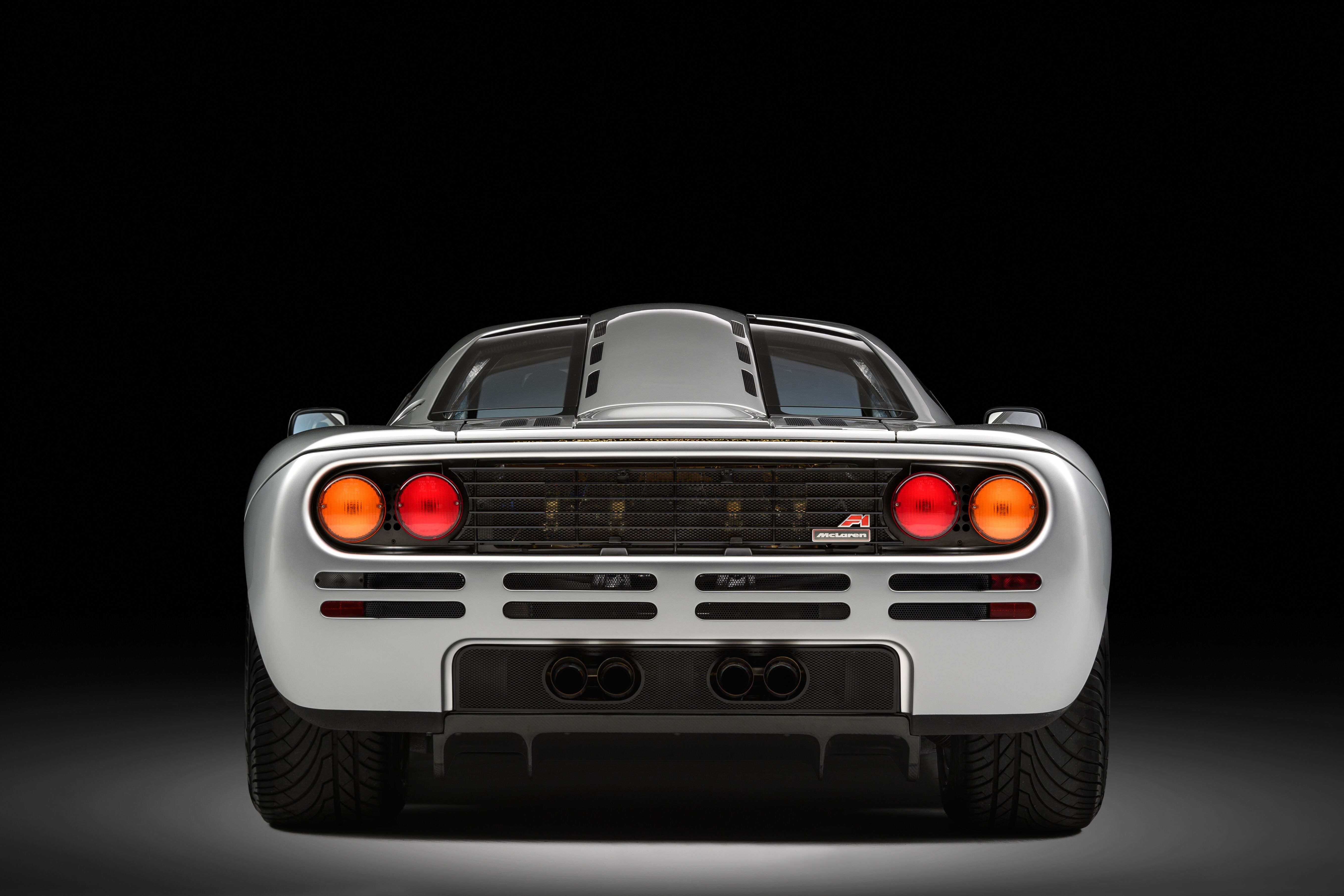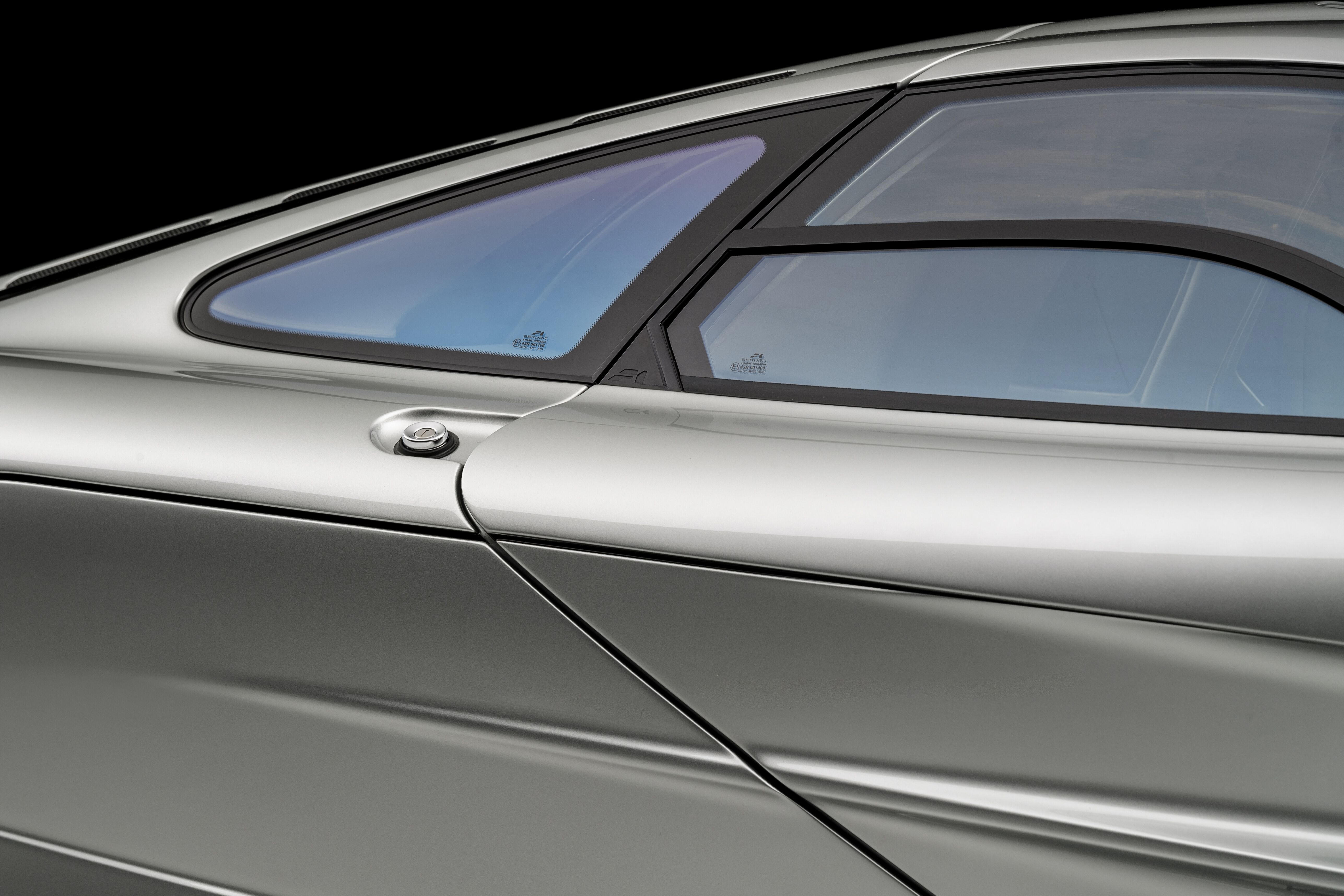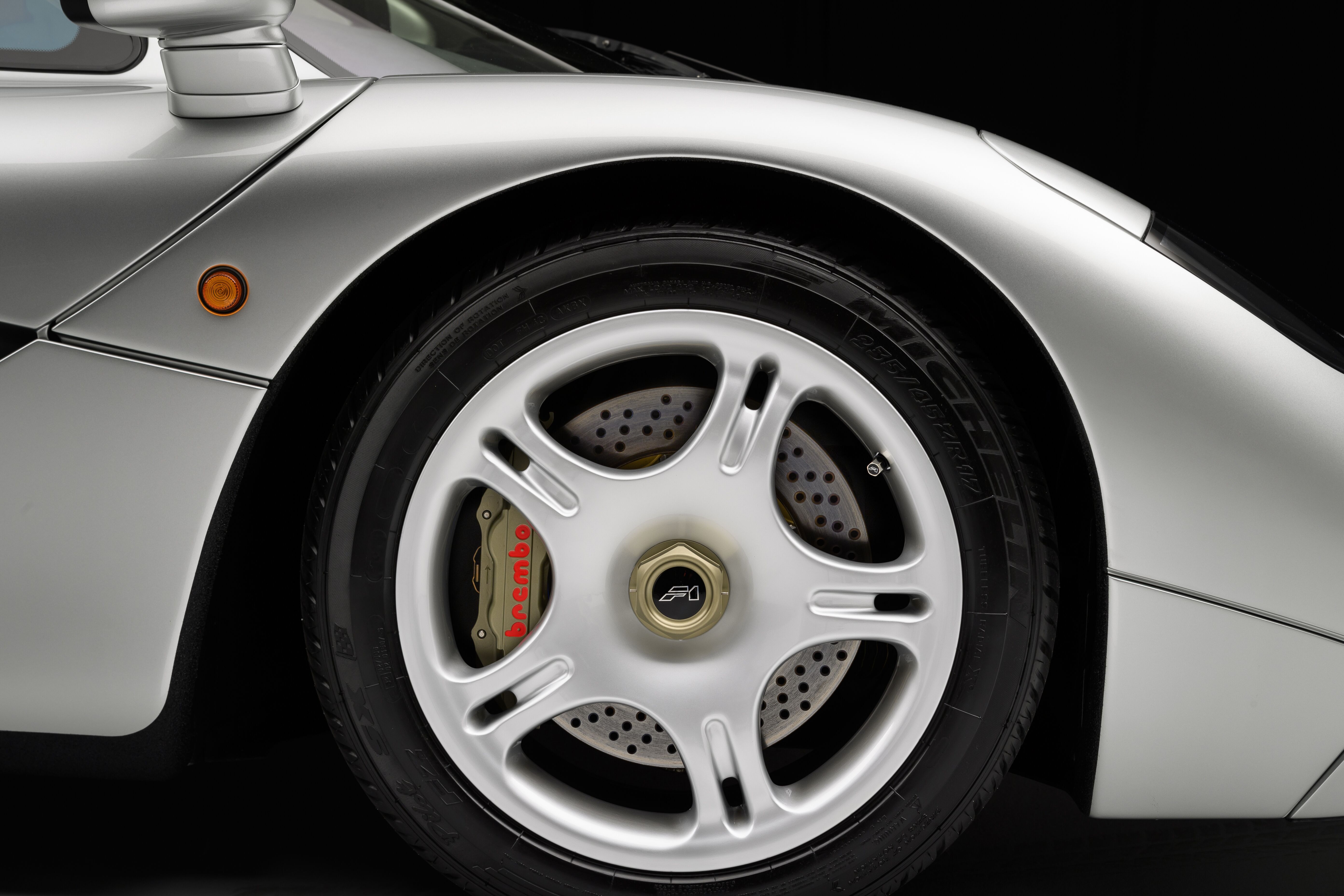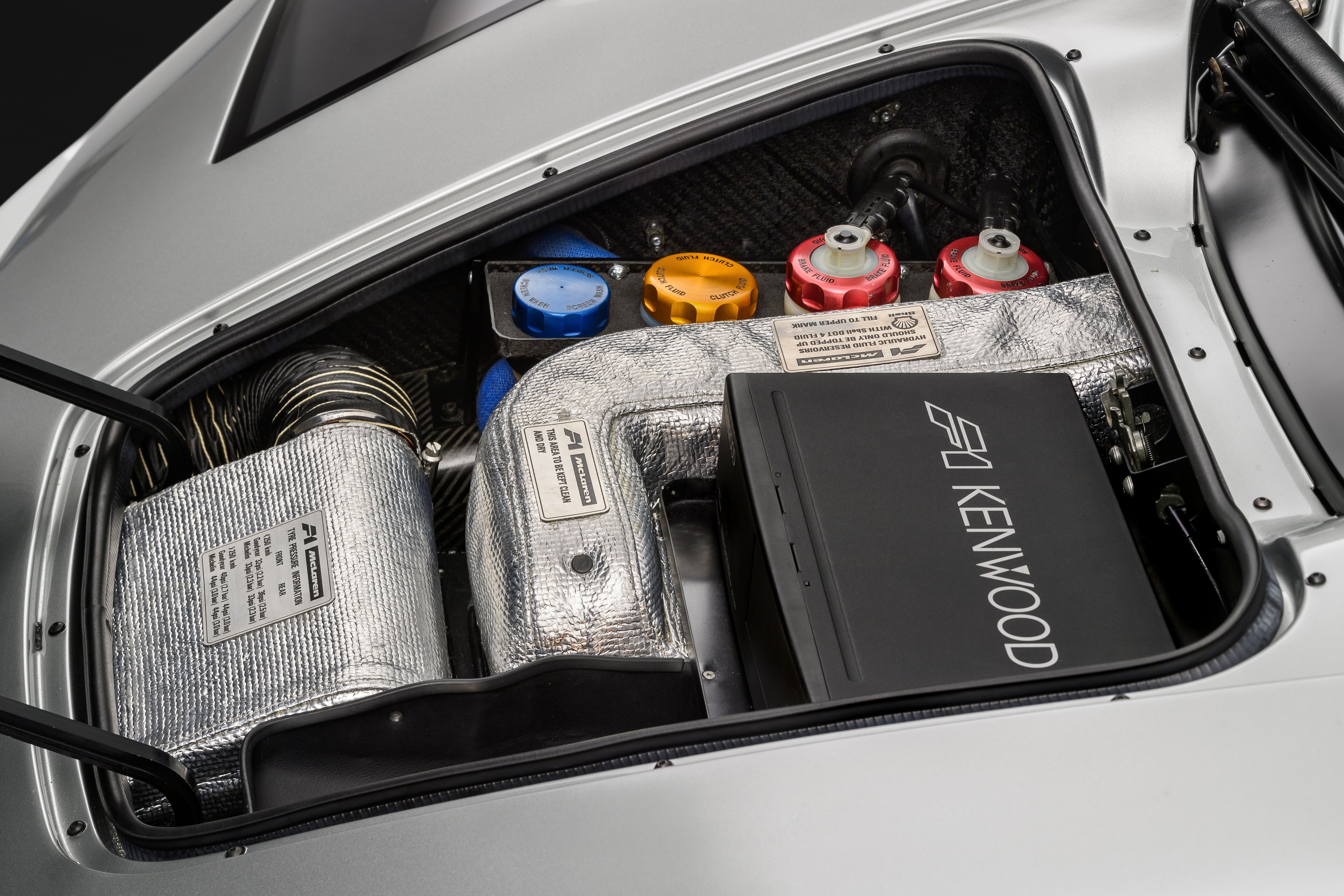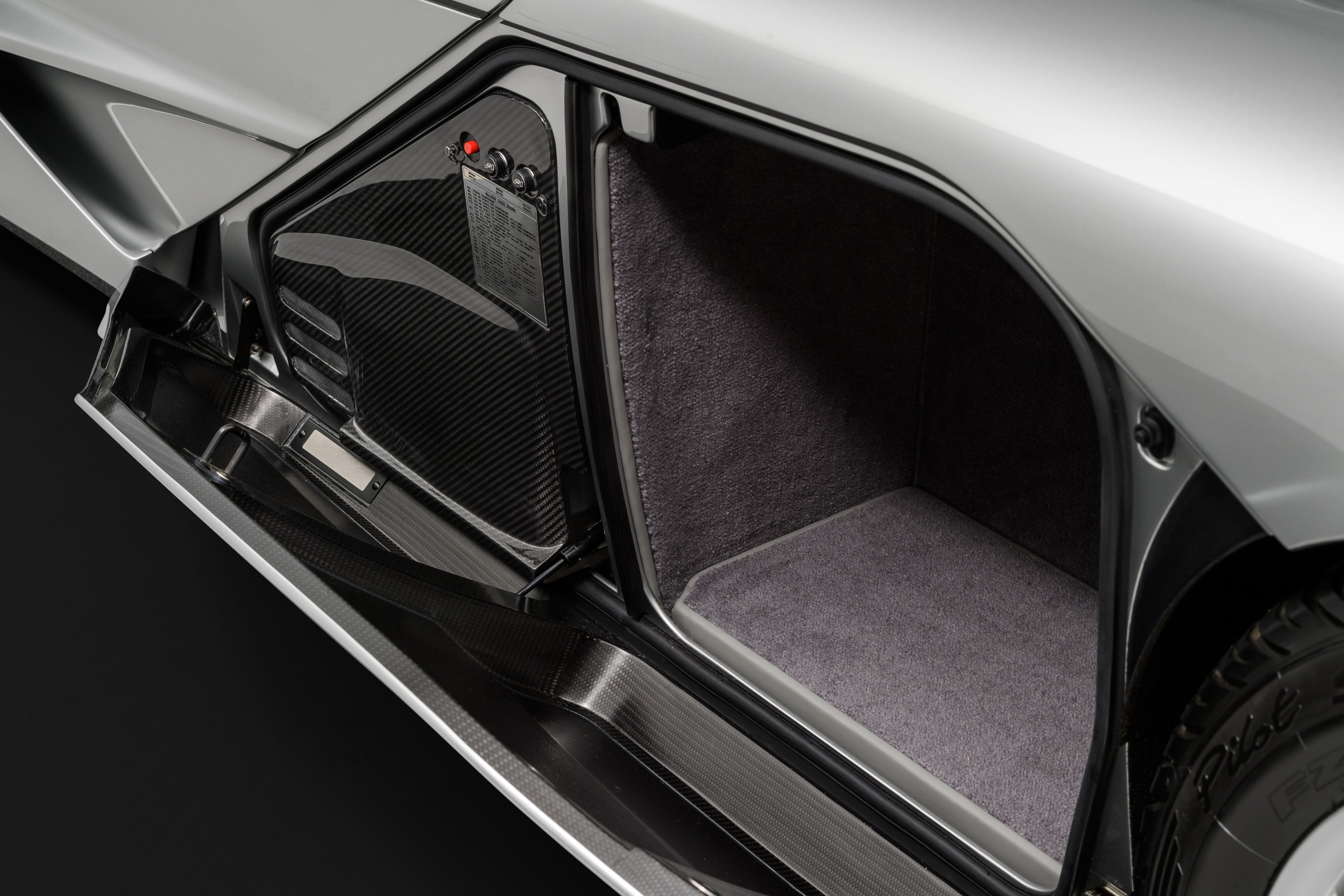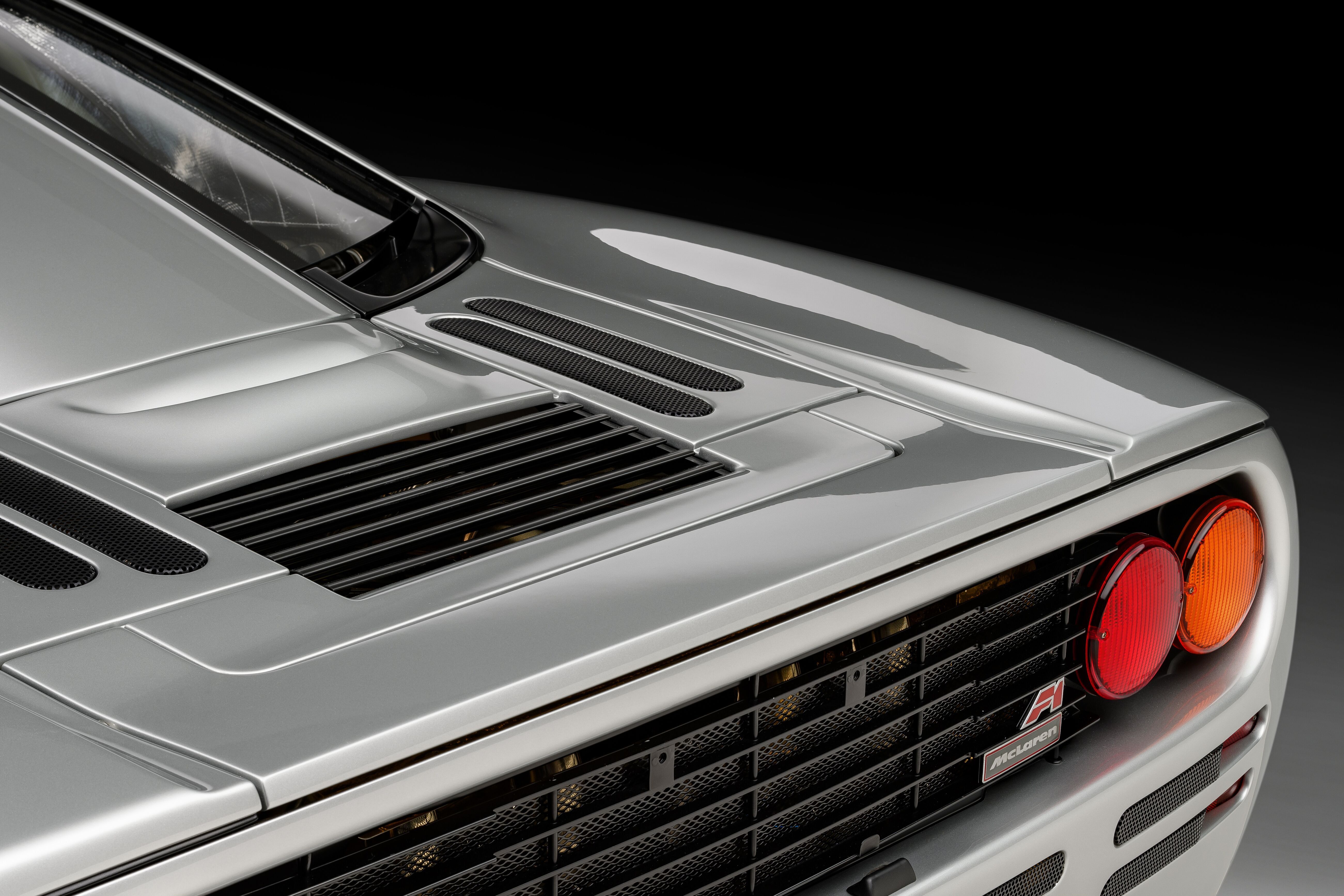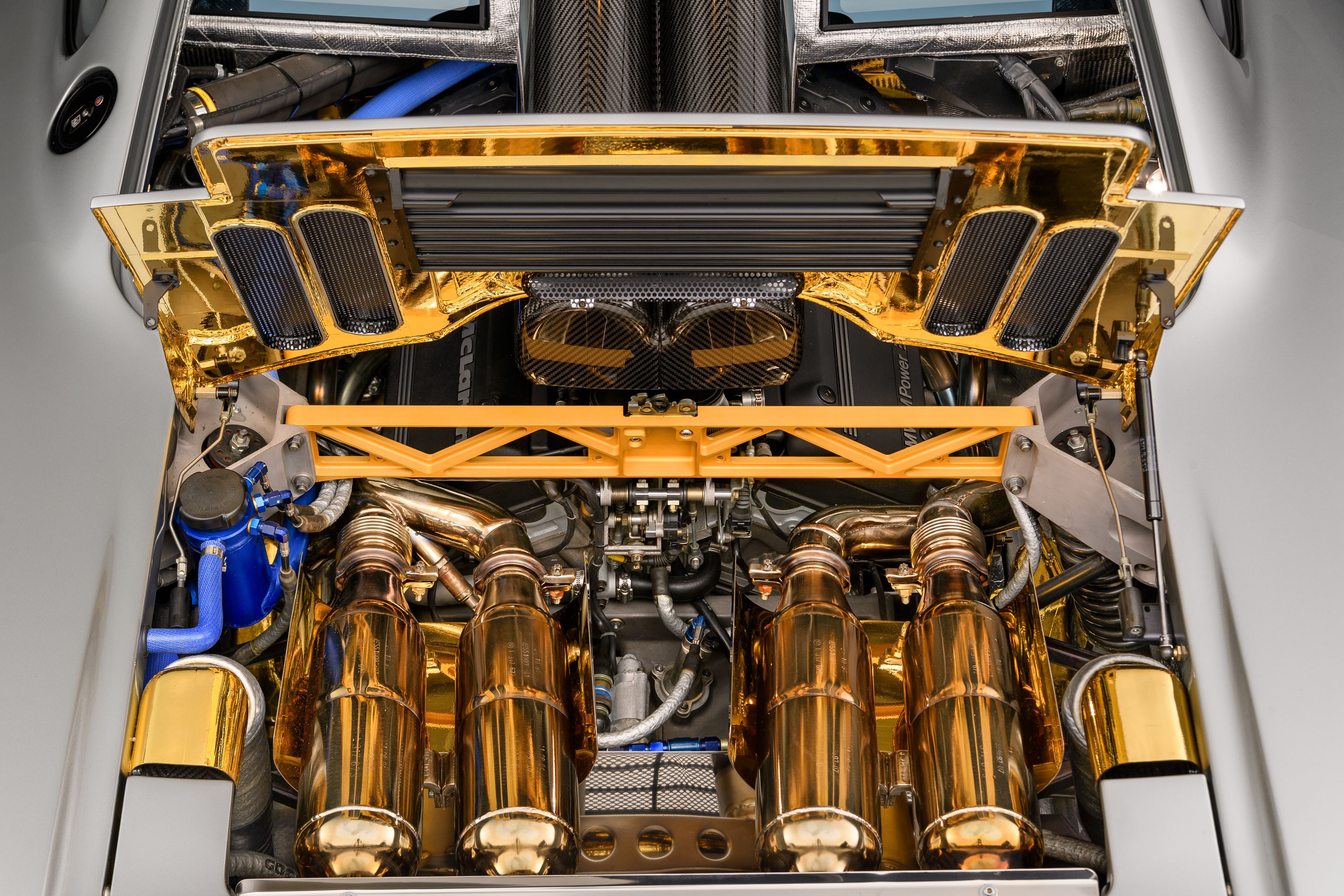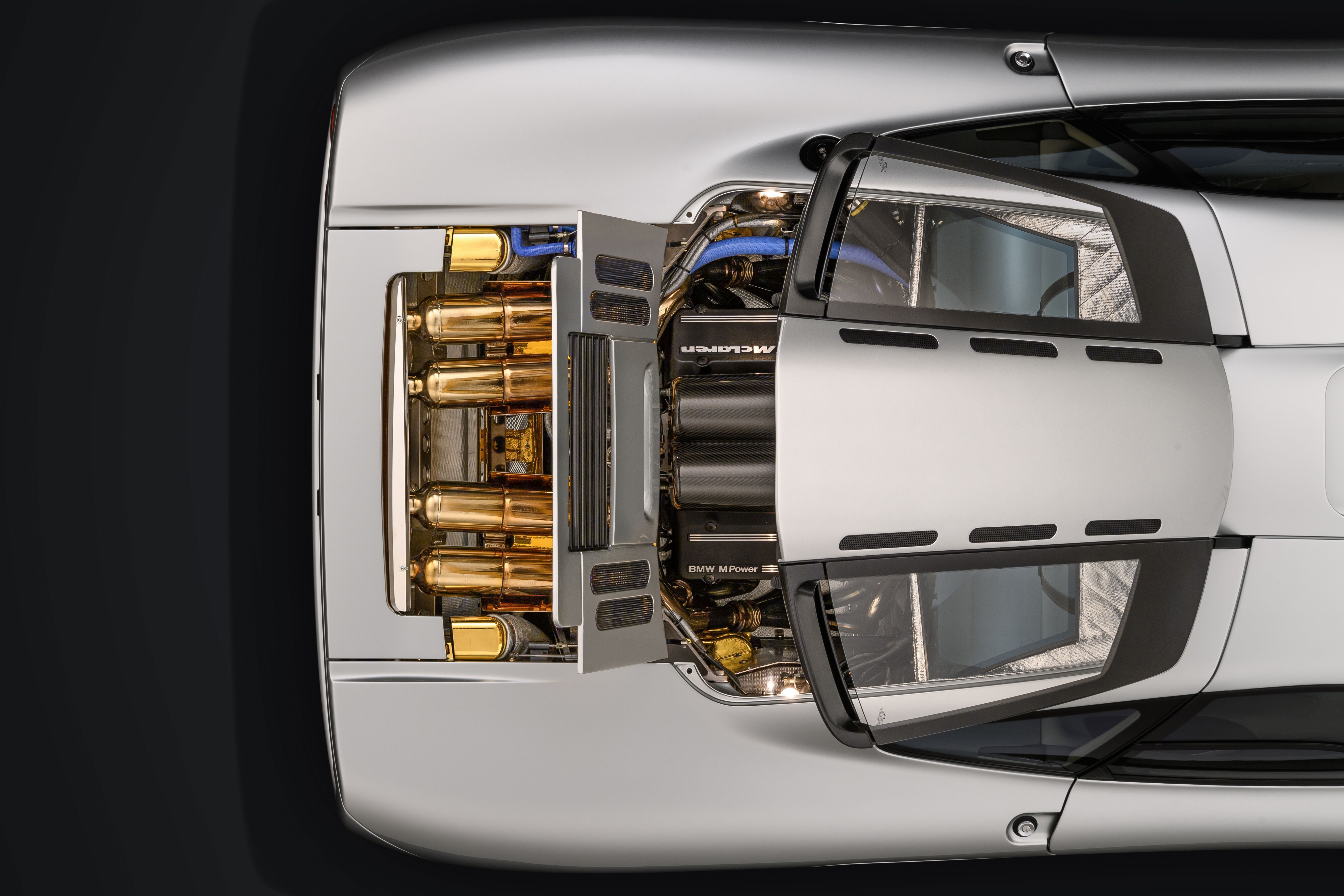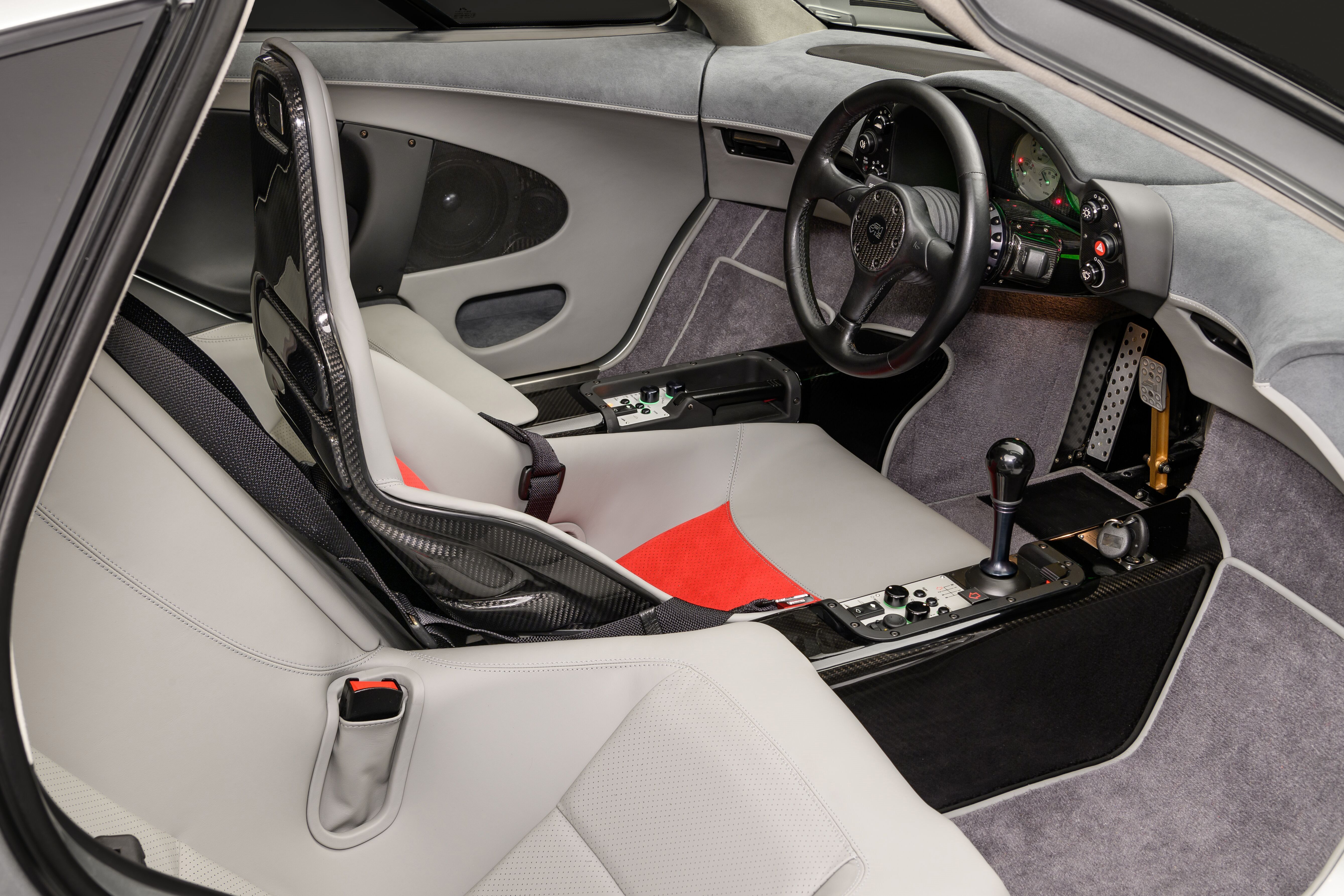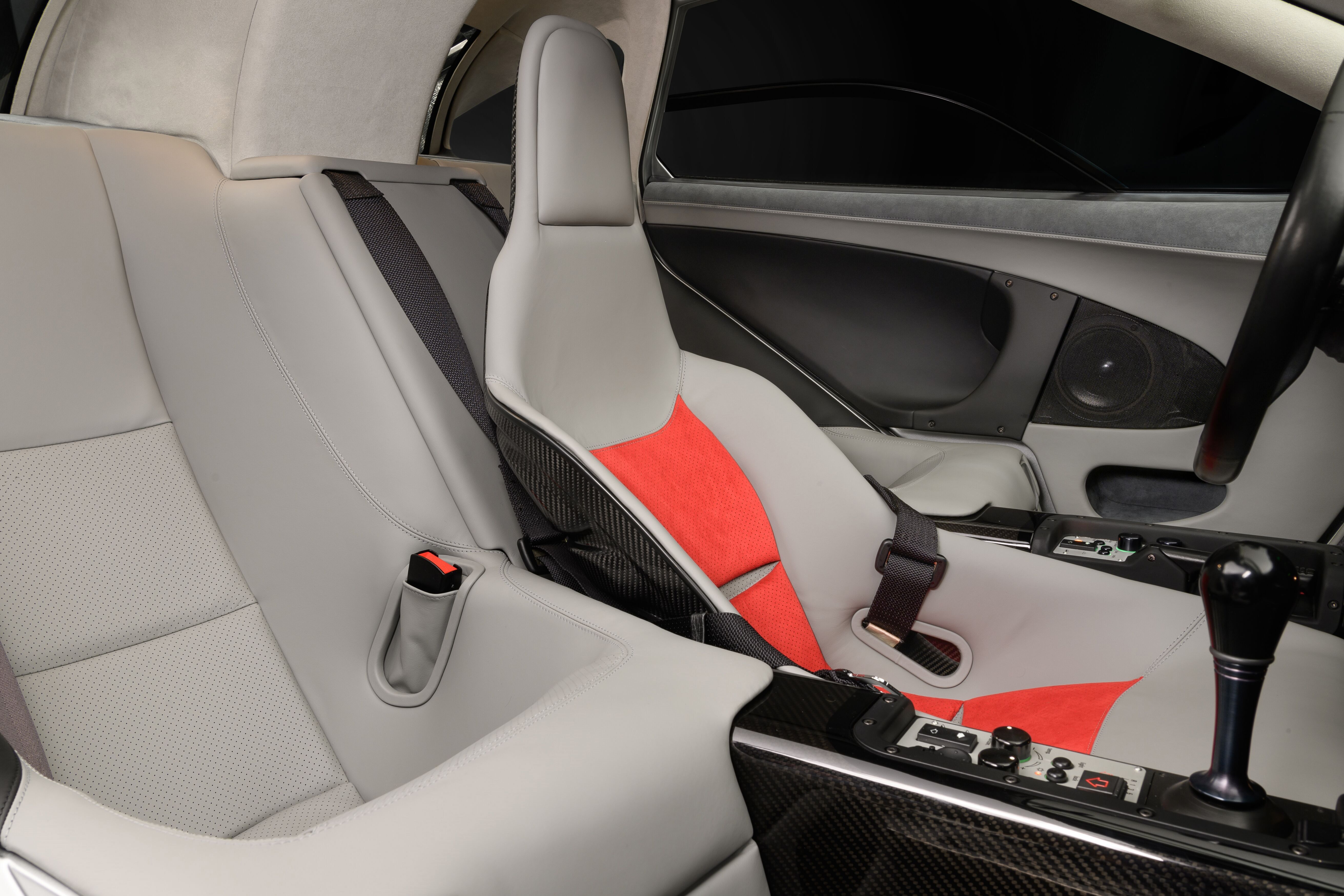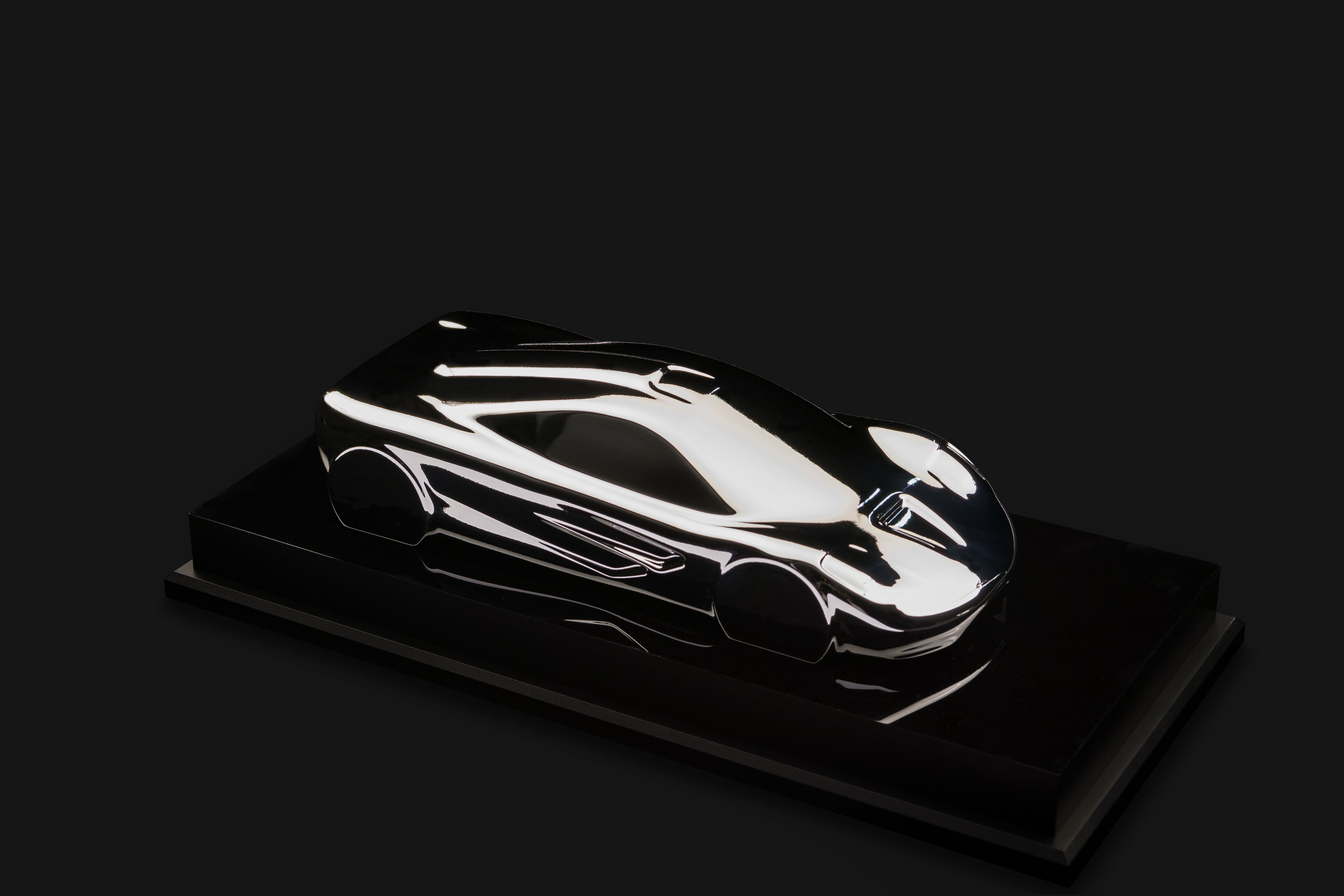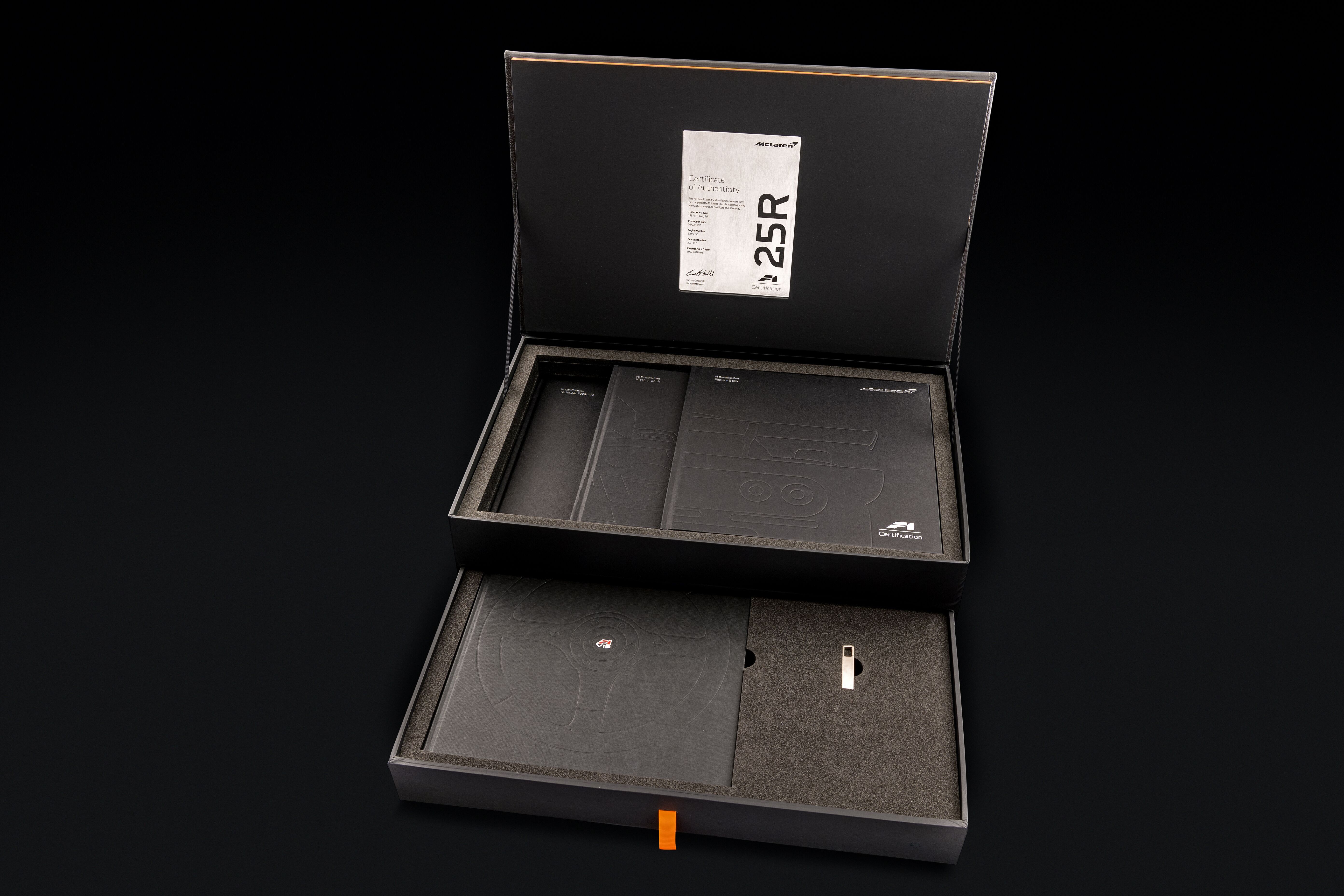When it comes to rare supercars, the McLaren F1 is right up there in the automotive world’s charts. McLaren built just 106 units of the F1 between 1993 and 1998, but not all of them were road legal. In fact, only 64 units were “standard” road cars, with 28 wearing the GTR badge which made them track-only, race-bred machines. There were also five prototypes, named XP1 to XP5, and two longtail versions, among other iterations. Now, let’s go back to 12 months ago when McLaren was announcing the introduction of its MSO McLaren F1 Heritage program. To mark the launch, McLaren showed off the F1 25R bathed in the notorious Gulf Racing livery. One year later, McLaren strikes again with a perfectly-restored F1, which happens to be chassis number 63.
All in all, McLaren needed 3,000 work hours to complete it, with the actual restoration process spanning over 18 months. Mind-boggling as that might sound, consider this: repainting the car with the original Magnesium Silver hue alone took 900 hours, so there’s that. Oh, and don’t even think of checking your bank accounts. The car has an owner who already received his restored gem, together with a unique certificate of authenticity, a bespoke book that illustrates the car’s history, and a 3D laser-scanned miniature McLaren F1 scale model. Yeah, we’re also jealous. And with that out of the way, let’s have a more in-depth look at chassis #63.
2019 McLaren F1 #063 Restoration by MSO
- Make: Array
- Model: 2019 McLaren F1 #063 Restoration by MSO
- Engine/Motor: V12
- Horsepower: 618 @ 7500
- Torque: 455 @ 4000
- [do not use] Vehicle Model: Array
Exterior
Today’s supercars and hypercars look like they’ve been created by an alien species. Wings, winglets, mobile rear wings, massive spoilers, obnoxious diffusers, and generally looking like they’re ready to devour someone. This wasn’t the case with the McLaren F1. Sure, back in 1993 it looked otherworldly and to some extent it still does to this day, but in a subtle way that seems to have been forgotten in the race for who’s the fastest on the Nurburgring or who can break God knows what speed barrier.
The F1 was the first road-legal car to use a complete carbon fiber reinforced polymer (CFRP) monocoque chassis structure as seen in the era’s Formula One cars. Believe it or not, it was a Toyota that inspired Gordon Murray’s design for the F1’s doors. Their way of opening positions them in the butterfly variety (they’re also called Dihedral doors) and you’ll have to thanks the Toyota Sera coupe for them. But there’s more than the doors to write home about when it comes to the McLaren F1. As you’d expect, every vent and crease that decorates its body has a well-defined purpose. In fact, the F1’s aerodynamic coefficient - that is, for the standard model - is 0.32. To put things into perspective, the Bugatti Veyron is gifted with an aero coefficient of 0.36, while the SSC Ultimate Aero TT has a Cd of 0.357.
Interior
As part of the restoration process, chassis number 36’s cabin was retrimmed, just as its original interpretation, with semi-aniline leather. In fact, the material choice was a one-off for this particular car alone, so it’s nice to see that MSO did the utmost to keep the recipe intact. We can also figure that the owner wouldn’t have wanted his car’s cabin in a different flavour that what he paid for, so there was no room for compromise from the off. The leather featured the Woking Grey color hue, which has a particular interesting story. It is, according to McLaren, inspired by the “often slate-colored English sky above McLaren’s premises on Albert Drive, which is close to MSO’s facilities.” Oh, and by the way, the leather treatment involved 10 hand-selected hides that had to pass MSO’s strict quality requirements.
Each sound system, however, was tailored according to the customer’s musical preferences and taste. The F1 also had remote central locking, SeKurit windows, courtesy lights in every storage compartment, and side luggage compartments like you see on some buses. The seats were, again, tailored according to the buyer’s desire and featured a CFRP structure covered in Connolly leather.
This basically means that you’ll sit in a different way behind the wheel in each of the road-going F1 models out there. The eccentric package was rounded up by gold-plated Facom titanium took kits and first aid kits, but the F1 lacked any sort of airbag. To sweeten that pot, customers were, however, given a special edition TAG Heurer 6000 Chronometer wristwatch and bespoke luggage bags designed to fit the F1’s storage spaces - pretty much like it’s the case today with the McLaren GT.
Drivetrain
Which brings us to the McLaren F1’s beating heart: its engine. For chassis number 63, MSO completely rebuilt the 6.1-liter naturally-aspirated unit. Once reassembled, it went on the dyno where it was tested and re-tested, as McLaren wanted to make sure it still packs 618 horsepower at 7,500 rpm, allowing the F1 to reach a top speed of 243 miles per hour. Speaking of the engine, the F1 is powered by a BMW Motorsport-sourced ‘S70/2’ 60-degree V-12 unit fitted with 48 valves (four valves per cylinder).
For the restoration project that involved chassis no. 63, however, McLaren’s MSO didn’t limit itself to just rebuilding the engine. We’re told that the F1’s dampers were in fact sent back to Bilstein, which handled the refurbishment process. That’s not all. The driveshafts and hubs were also sent back to their respective suppliers with the same purpose. If that’s not a lesson in being minute, we don’t know what is. Then again, given the amount of money a pristine-condition F1 can gather should the owner decide to sell it - not to mention how much he or she paid for the car back in the nineties - this sort of care and attention to the slightest detail is to be expected, especially from the house of McLaren.
The F1’s engine also features weight-saving magnesium castings, four overhead camshafts, a water-oil cooling heat exchanger system, variable inlet valve timing, and an aluminum flywheel. Then there’s the gearbox. Now, see, mid-engined sports cars have increased wheelbases because of the conventional clutch and final-drive arrangements, which virtually push the drive-output towards the rear. In response to that, carmakers have been trying to come up with various solutions, such as placing the gearbox and final-drive bits under the engine, which in turn compromises handling and efficiency. In the McLaren F1, however, the final-driver gear is positioned offset alongside the clutch, basically minimizing the engine-drive output center-line separation.
"Gear ratios offer a close 5-speed cluster for 0-160 mph (257 km/h) plus a 6th-speed presenting a comfortable, peaceful, and long-striding 33 mph (53 km/h) per 1,000 rpm cruising gear - plus top speed capability well over 200 mph (321 km/h).”
The gearbox’s final-drive arrangement also features a limited-slip differential.
Final Thoughts
MSO’s restoration work on the McLaren F1 chassis #63 works both ways. Number one, it reminds us what an intricate machine the F1 was and still is, even today, when supercars and hypercars post insane performance figures. Number two, it’s a showcase of craftsmanship and attention to detail that will help F1 owners keep their peace of mind, knowing that at any point in their life, there’s someone ready to lend a hand (for a hefty sum of money, let’s get it straight) and take their car back to the original state it found itself in when it left the factory premises. The McLaren F1 #63 will be on display at the Hampton Court Concours d’Elegance, which takes place between September 6 and September 8 (Friday to Sunday).
Further reading
Read our full review on the 2018 McLaren F1 GTR Long Tail Restoration
Read our full review on the 1995 McLaren F1 LM
Read our full review on the 1993 McLaren F1
Read our full review on the 1997 McLaren F1 GT





